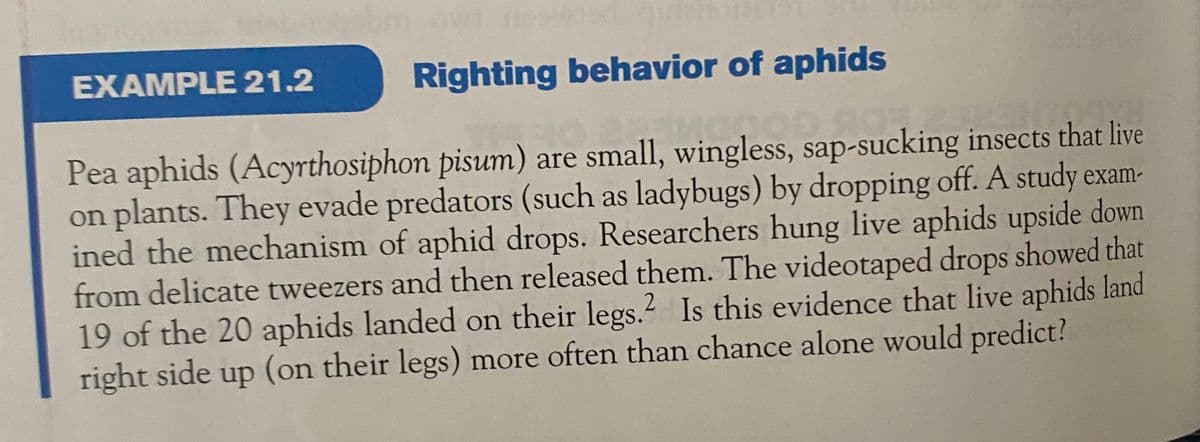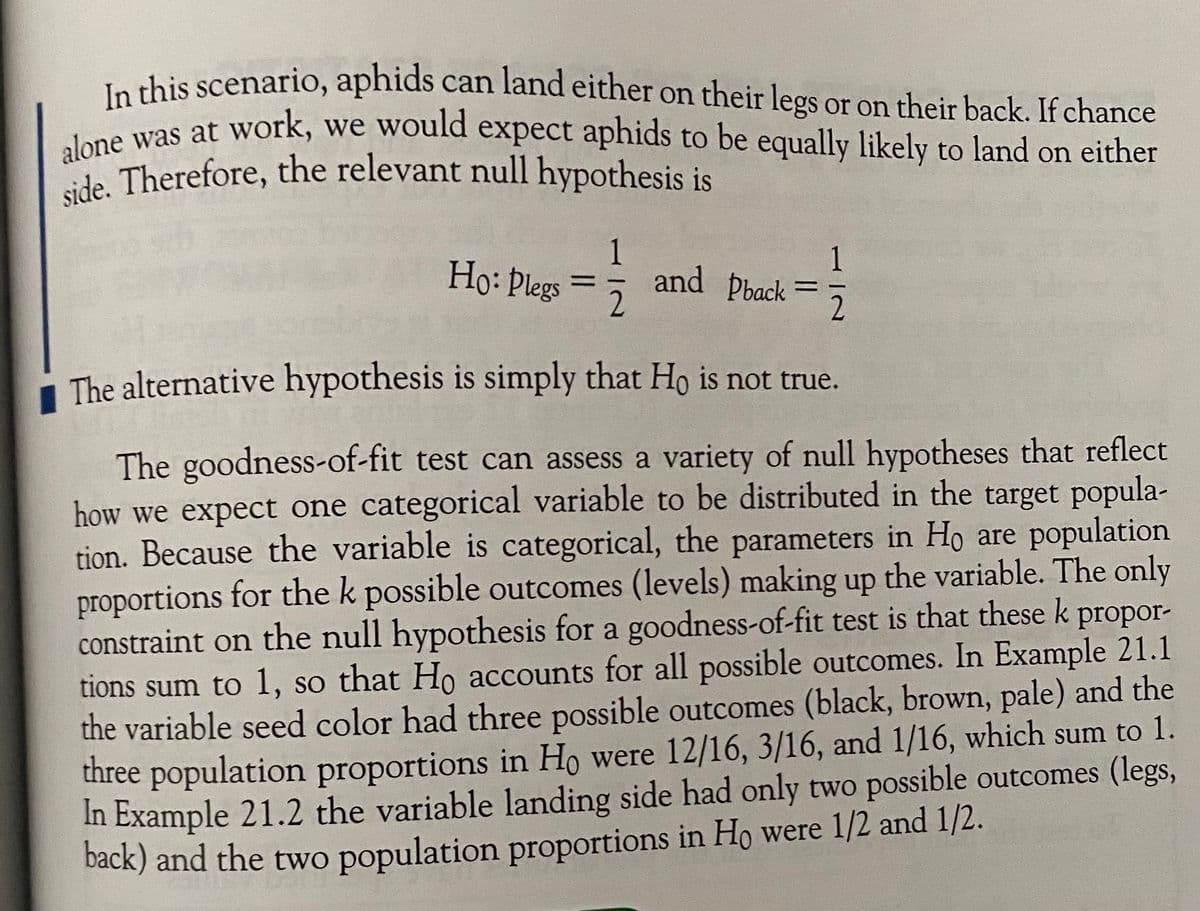Heat resistance in rice, continued. Excercise 21.2 investigated a genetic model oh heat resistance in rice plants. Software gives a P-value of 0.397. Interpret this result. Can you conclude that the distribution of heat-resistant phenotypes in F2 follows a dominant-recessive model (75%~ 25%)?
Heat resistance in rice, continued. Excercise 21.2 investigated a genetic model oh heat resistance in rice plants. Software gives a P-value of 0.397. Interpret this result. Can you conclude that the distribution of heat-resistant phenotypes in F2 follows a dominant-recessive model (75%~ 25%)?
Algebra & Trigonometry with Analytic Geometry
13th Edition
ISBN:9781133382119
Author:Swokowski
Publisher:Swokowski
Chapter10: Sequences, Series, And Probability
Section10.8: Probability
Problem 31E
Related questions
Question
21.6 Heat resistance in rice, continued. Excercise 21.2 investigated a genetic model oh heat resistance in rice plants. Software gives a P-value of 0.397. Interpret this result. Can you conclude that the distribution of heat-resistant phenotypes in F2 follows a dominant-recessive model (75%~ 25%)?

Transcribed Image Text:EXAMPLE 21.2
Righting behavior of aphids
Pea aphids (Acyrthosiphon pisum) are small, wingless, sap-sucking insects that live
on plants. They evade predators (such as ladybugs) by dropping off. A study exam-
ined the mechanism of aphid drops. Researchers hung live aphids upside down
from delicate tweezers and then released them. The videotaped drops showed that
19 of the 20 aphids landed on their legs.? Is this evidence that live aphids land
right side up (on their legs) more often than chance alone would predict?

Transcribed Image Text:side. Therefore, the relevant null hypothesis is
Te this scenario, aphids can land either on their legs or on their back. If chance
vas at work, we would expect aphids to be equally likely to land on either
1
and Pback =
1
Ho: Plegs =
The alternative hypothesis is simply that Ho is not true.
The goodness-of-fit test can assess a variety of null hypotheses that reflect
how we expect one categorical variable to be distributed in the target popula-
tion. Because the variable is categorical, the parameters in Ho are population
proportions for the k possible outcomes (levels) making up the variable. The only
constraint on the null hypothesis for a goodness-of-fit test is that these k propor-
tions sum to 1, so that Ho accounts for all possible outcomes. In Example 21.1
the variable seed color had three possible outcomes (black, brown, pale) and the
three population proportions in Ho were 12/16, 3/16, and 1/16, which sum to 1.
In Example 21.2 the variable landing side had only two possible outcomes (legs,
back) and the two population proportions in Ho were 1/2 and 1/2.
Expert Solution
This question has been solved!
Explore an expertly crafted, step-by-step solution for a thorough understanding of key concepts.
This is a popular solution!
Trending now
This is a popular solution!
Step by step
Solved in 2 steps

Recommended textbooks for you

Algebra & Trigonometry with Analytic Geometry
Algebra
ISBN:
9781133382119
Author:
Swokowski
Publisher:
Cengage

Elementary Linear Algebra (MindTap Course List)
Algebra
ISBN:
9781305658004
Author:
Ron Larson
Publisher:
Cengage Learning


Algebra & Trigonometry with Analytic Geometry
Algebra
ISBN:
9781133382119
Author:
Swokowski
Publisher:
Cengage

Elementary Linear Algebra (MindTap Course List)
Algebra
ISBN:
9781305658004
Author:
Ron Larson
Publisher:
Cengage Learning
